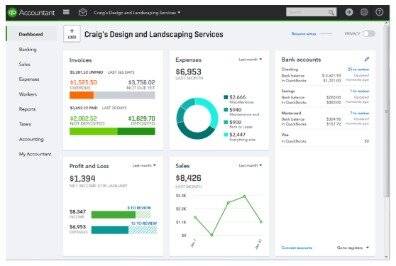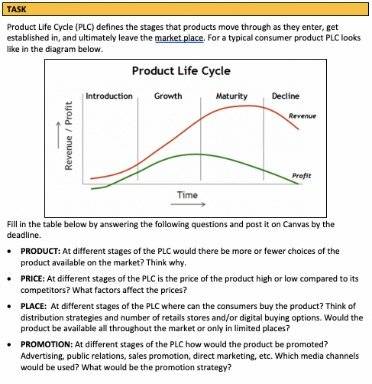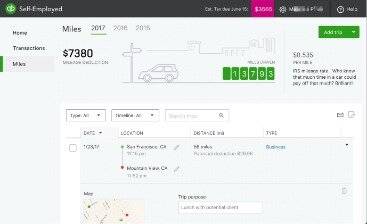Content

You may also hear marginal cost referred to as “cost of the last unit.” You need to know marginal cost to maximize your profits. To calculate marginal cost, divide the change in cost by the change in quantity of the particular product or service. The marginal cost curve shows how the cost of producing one more unit depends on the quantity that has already been produced. The point where the marginal cost curve intersects the average total cost curve shows the minimum-cost output.
- Marginal cost is the increase or decrease in the total cost a business will incur by producing one more unit of a product or serving one more customer.
- Producing 700 widgets would be more cost-effective than producing 500 widgets.
- If you can negotiate a discount from your materials supplier on a larger order, your per unit cost might go down.
- This is not true for firms operating in other market structures.
- The marginal cost formula is essential because it tells you if increasing production volume is a good idea.
For example, if fixed costs were $4000, and 400 units were produced, fixed cost per unit is $10. During production there are certain costs, such as rent, that are fixed. Other costs, such as the cost of materials or labor hours, are variable according to the quantity. We are not dividing the total cost itself by the number of total units produced to find the marginal cost.
Understanding Marginal Cost
Now, as per the Marginal Cost Formula of Marginal cost, divide change in cost by a change in quantity, and we will get marginal cost. Marginal profit is a calculation only of the profit that a business earns from producing one additional unit and does not reflect overall business profitability. In the SaaS context, where businesses generally operate on subscription selling models, marginal profit is just one part of a solid foundation for financial analytics.

That refers to the incremental costs involved in producing additional units. In any marginal cost equation, you’ll need to include the variable costs of production. In this case, when the marginal cost of the (n+1)th unit is less than the average cost, the average cost (n+1) will get a smaller value than average cost.
Marginal Cost Definition & Formula
Marginal costs are important in economics as they help businesses maximise profits. When marginal costs equal marginal revenue, we have what is known as ‘profit maximisation’. This is where the cost to produce an additional good, is exactly equal to what the company earns from selling it.
They expect to produce 4,000 robot toys next month for $250,000. The only viable alternative would be to increase your sales price to recoup the losses. But even then, you can’t be certain that your customers will agree to pay it. In any event, it’s an important part of your analysis to be considered in your business operations. If we look at the prior example, Business A went from producing 100 cars to 120. Therefore, the change in quantity would be the new quantity produced , minus the old quantity produced .
How production costs affect marginal costs
This might include inputs such as labor and materials, as the more a company wishes to produce, the more materials and labor it will take to produce. The maximum profitability of a company results when marginal cost equals marginal revenue. Anything swaying on one side or the other may result in a loss of profits for the company.

